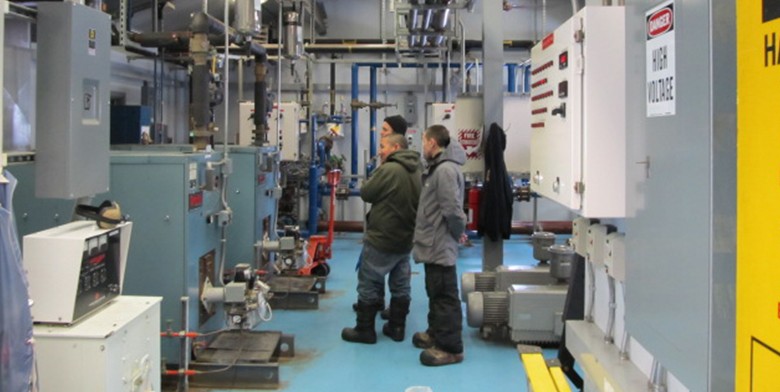Information on lead in drinking water for Alaska
April 15, 2016Categories: Healthy Homes and Communities

Public health concerns about lead in drinking water have increased due to recent reports detailing contamination of the public water supply in Flint, Michigan. Lead can enter the drinking water supply when pipelines or fixtures containing lead materials corrode. Drinking water can corrode pipes or fixtures when water in the system has high acidity or mineral content. A recent article in an Anchorage newspaper highlighted the issue in Michigan and referenced a number of locations around Alaska where testing has shown concentrations of lead in drinking water supplies. The State of Alaska Department of Environmental Conservation (ADEC) is actively engaged in monitoring and ensuring corrective action is taken when a public water system violates water quality regulations. The Alaska Village Safe Water Program, Regional Health Corporation Remote Maintenance Worker Programs and ANTHC work with ADEC to assist in implementing solutions that improve drinking water quality in Native communities. The risk of lead exposure in Alaska is low, but we are providing additional information for awareness. Information on the public water systems currently exceeding the lead action level can be found on the ADEC website. Homes built before 1986 are more likely to have materials in the water system that can contain lead. Lead solder that was used in the past to join copper pipes and brass or chrome-plated brass faucets can leach lead into the drinking water. Exposure to lead can also occur from lead-based paint, contaminated soil, dust, food, or air. Children are most affected by lead exposure which can cause behavioral problems, learning problems, lower IQ, and slower growth. Pregnant women are at risk of exposing their unborn child and adults can experience cardiovascular disease, decreased kidney function, and reproductive problems. When water sits in pipelines for an extended period of time without being used, lead may leach into the water supply. One of the easiest ways to reduce lead in your drinking water in these cases is to flush the water lines in your home by letting the water run for a brief time before it is consumed. Allowing the water to run for a couple of minutes is generally sufficient to flush the pipelines and fixtures. Cold water should be used for cooking and drinking. Water from the hot water system in the home can contain much higher levels of lead. Baby formula should never be made using hot water from the faucet. Information about the water that is delivered to your home can be obtained in several ways. ADEC maintains a public website called “Drinking Water Watch.” Public water systems must monitor water quality and report test results through an independent laboratory for publication on the “Drinking Water Watch” website. The Environmental Protection Agency produces information including tips for protecting your family’s health. The utility that supplies water to your home is also required to publish an annual Consumer Confidence Report (CCR) that provides information about the quality of the water that is delivered to your home. Find your CCR here. You can also take a sample of your own water and send it to a laboratory for testing. Local laboratories in Anchorage include Analytica and SGS Environmental Services.
